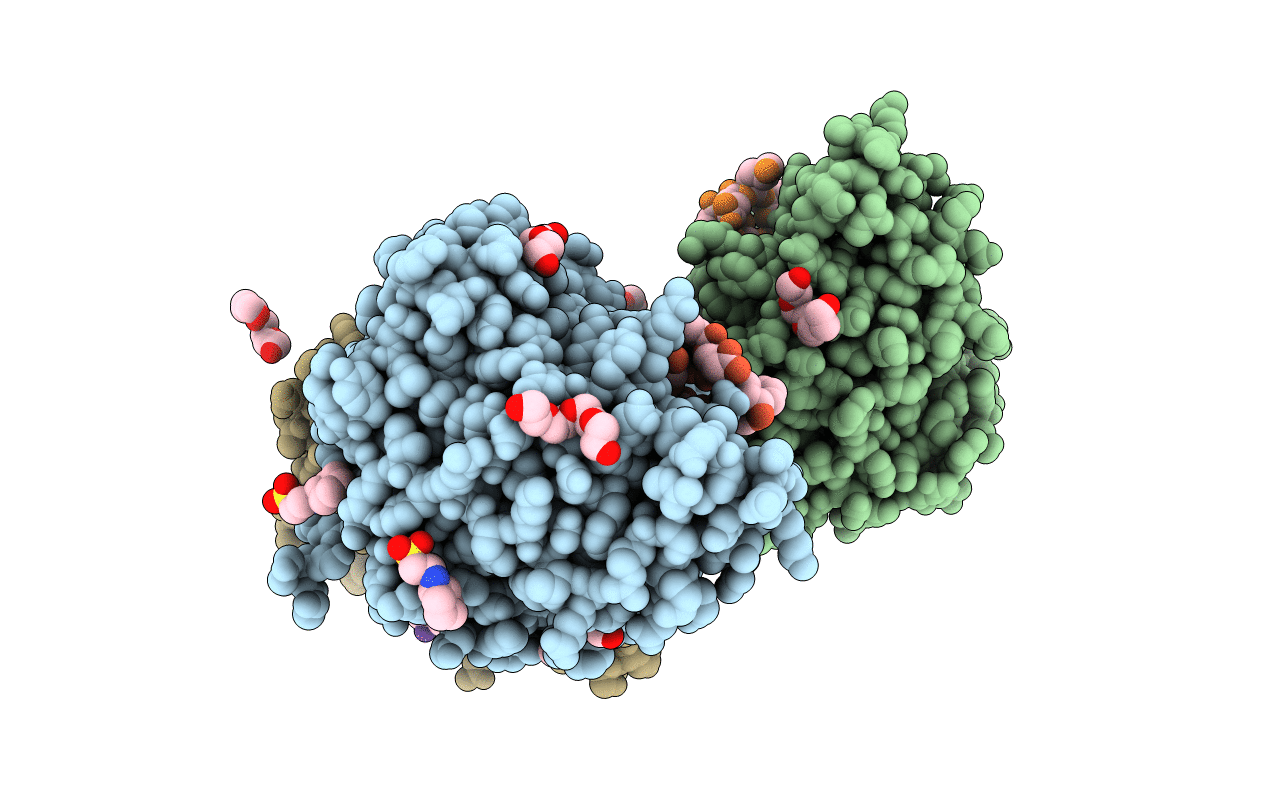
Deposition Date
2020-04-08
Release Date
2021-04-21
Last Version Date
2024-10-16
Entry Detail
PDB ID:
6WHO
Keywords:
Title:
Histone deacetylases complex with peptide macrocycles
Biological Source:
Source Organism:
Homo sapiens (Taxon ID: 9606)
synthetic construct (Taxon ID: 32630)
synthetic construct (Taxon ID: 32630)
Host Organism:
Method Details:
Experimental Method:
Resolution:
2.20 Å
R-Value Free:
0.22
R-Value Work:
0.18
R-Value Observed:
0.18
Space Group:
P 21 21 21


